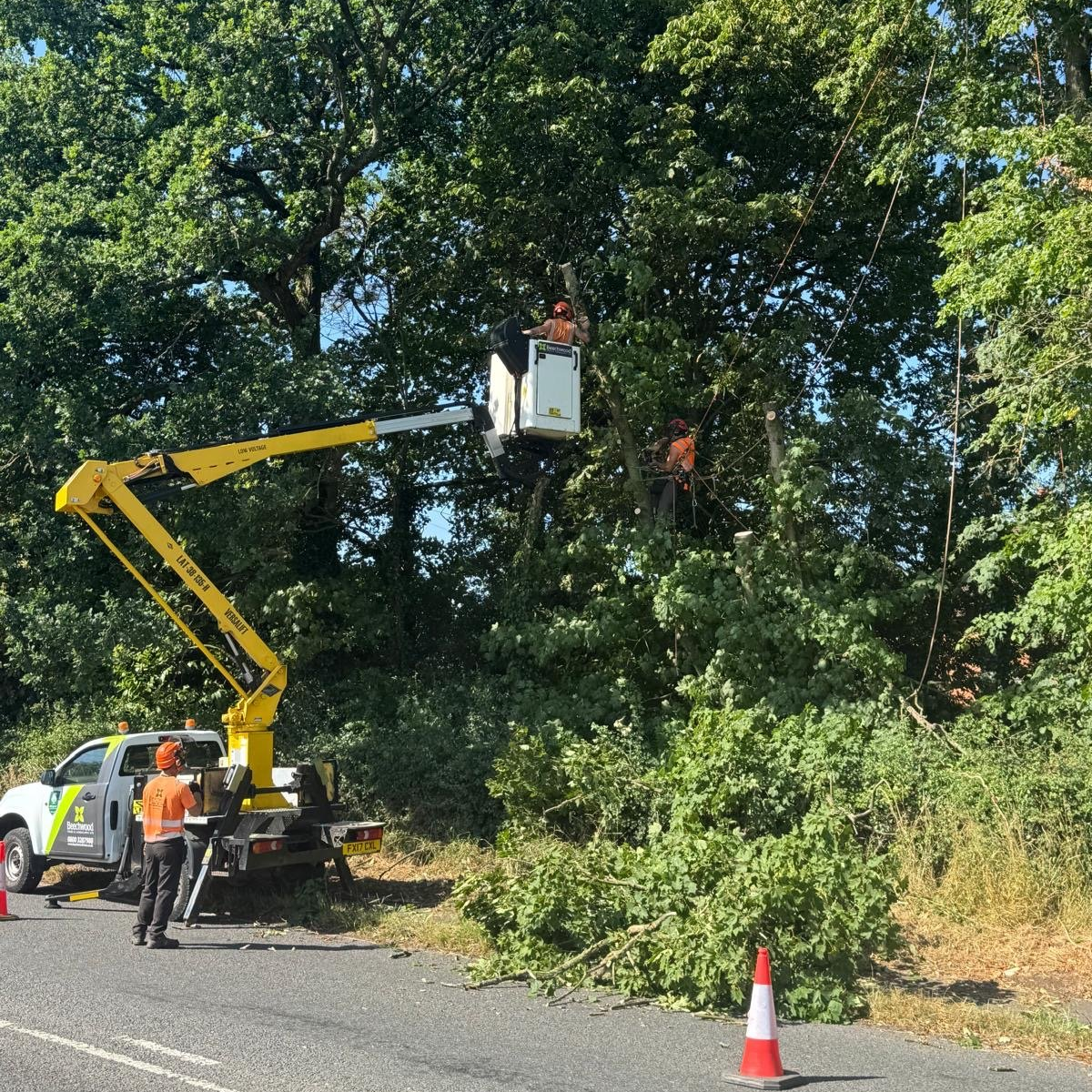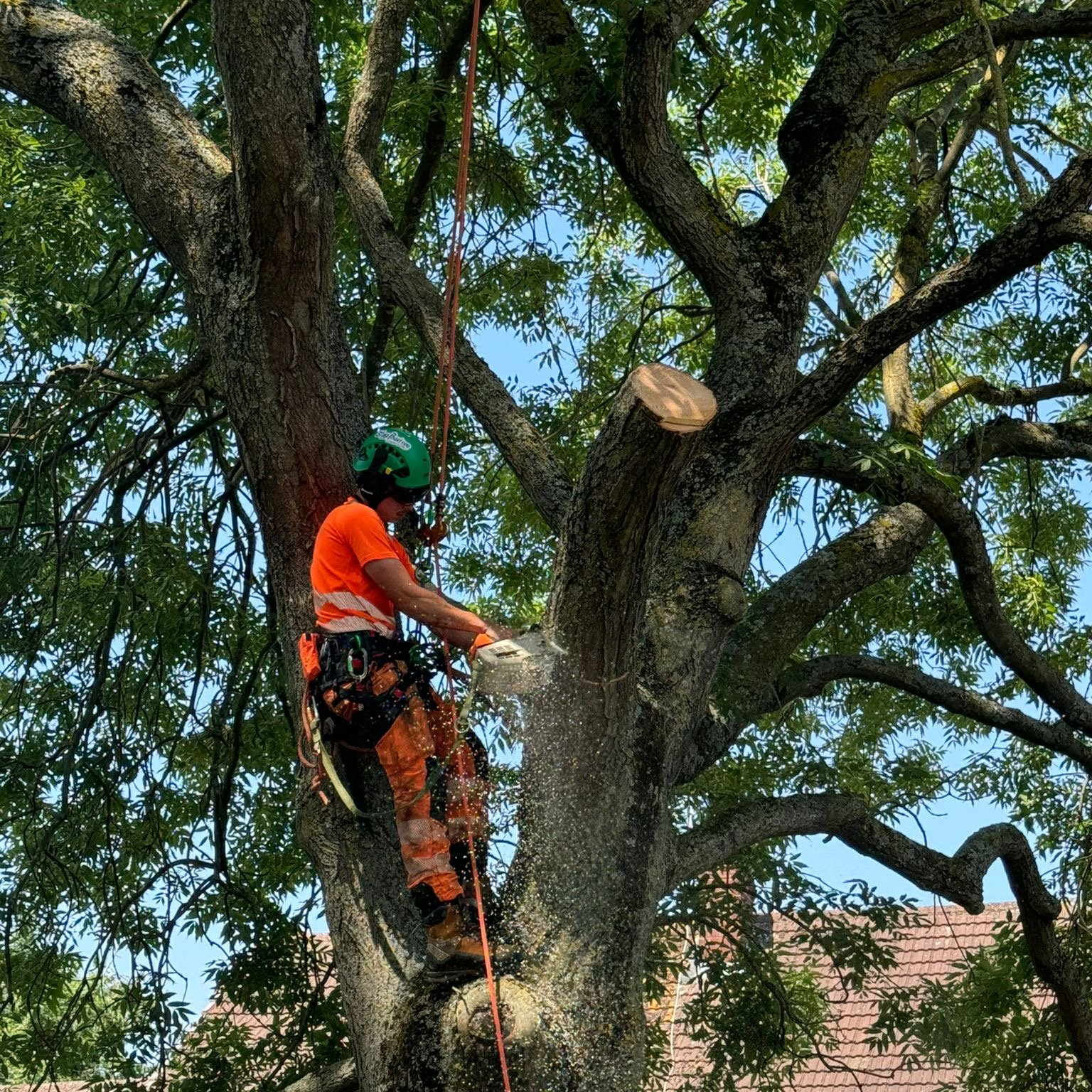What is the Difference Between Tree Pruning, Reducing, and Pollarding
When it comes to professional tree care, terms like pruning, reducing, and pollarding look like they are used interchangeably, but they refer to very different techniques, all with their own purpose, method, and long-term effects on tree health and structure. Understanding these distinctions is vital for arborists, landscapers, and anyone involved in urban tree management.
In this article, we’ll clarify the differences and explain when and why each method is used.
What Is Tree Pruning?
Tree pruning is the selective removal of specific branches or shoots to improve the tree’s health, safety, and appearance. As Trees UK explains, pruning is usually carried out to:
Remove dead, diseased, or damaged branches
Improve air circulation and light penetration within the canopy
Maintain the natural shape and structure of the tree
Prevent hazards by removing weak or overhanging limbs
Pruning is generally a moderate intervention, focusing on maintaining the tree’s natural form rather than drastically changing its size. It is carried out as needed rather than on a fixed schedule, and it supports the tree’s ongoing health.
What Does Tree Reducing Involve?
Tree reducing, often referred to as crown reduction, is a more intensive process designed to reduce the overall size of a tree’s canopy while maintaining its natural shape. Crown reduction involves cutting back branches to suitable lateral growth points or secondary branches.
The main reasons for reducing a tree’s size include:
Controlling height or spread when space is limited
Reducing weight on heavy limbs to prevent breakage
Keeping clearance from buildings, power lines, or roads
While pruning focuses on small, selective cuts, reducing involves significant shortening of branches but with care to ensure the tree remains healthy and structurally sound. This technique is especially useful in urban areas where space and safety concerns are paramount.
What Is Pollarding?
Pollarding is a traditional tree management technique that involves cutting back all the major branches to a fixed point — typically several metres above ground level — and then repeatedly cutting new growth back to this point at regular intervals. This cyclical process encourages dense, vigorous regrowth and maintains a small, manageable tree crown.
Branching Out Services highlights that pollarding is often used:
To control tree size in confined urban spaces
To produce a controlled, formal appearance for trees
Where ongoing maintenance is feasible to prevent large branches from developing
Unlike pruning or reducing, which are often one-off or occasional interventions, pollarding requires commitment to ongoing maintenance, usually every 1–5 years, to be effective and safe.
Why Does This Matter?
Choosing the right technique depends on the species of tree, its health, location, and the goals of the landowner or manager. While pruning is essential for general tree health and safety, reducing is a practical solution when size management is critical without removing the tree. Pollarding, on the other hand, is a specialist approach suitable for specific scenarios where strict size control and repeated maintenance are required.
In Summary
By understanding these distinctions, professionals and property owners can make informed decisions that promote healthy, sustainable trees while balancing practical constraints.
If you want to discuss how these methods can be applied in your projects or need expert advice on tree management, feel free to reach out. At Beechwood Trees and Landscapes, we’re committed to delivering tailored, sustainable solutions for Coventry and beyond.




